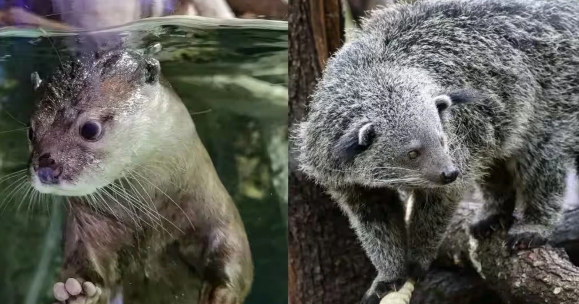Free Courses Sale ends Soon, Get It Now


Free Courses Sale ends Soon, Get It Now



Disclaimer: Copyright infringement not intended.
Context
Binturong (Arctictis binturong)
Physical Appearance:
Habitat:
Behavior:
Diet:
Conservation Status:
Significance in Kaziranga National Park:
Small-Clawed Otter
Physical Characteristics:
Habitat:
Behavior:
Diet:
Communication:
Conservation Status:
Significance in Kaziranga National Park:
Reproduction:
Kaziranga National Park and Tiger Reserve
Establishment:
Geography:
Biodiversity:
Avifauna:
Wetland Ecosystem:
Conservation Success:
Threats and Challenges:
UNESCO World Heritage Site:
Tiger Reserve Status:
Legal Protection:
|
PRACTICE QUESTION Q. Consider the following statements: 1.Kaziranga National Park is situated on the banks of the Subansiri River. 2.Binturongs are primarily ground-dwelling mammals, rarely venturing into trees. 3.The Small-Clawed Otter is the largest otter species. How many of the above statements are correct? A) Only 1 B) Only 2 C) All D) None Answer: D) None of the statements is correct. Explanation:
Therefore, none of the statements provided is correct. |
© 2024 iasgyan. All right reserved